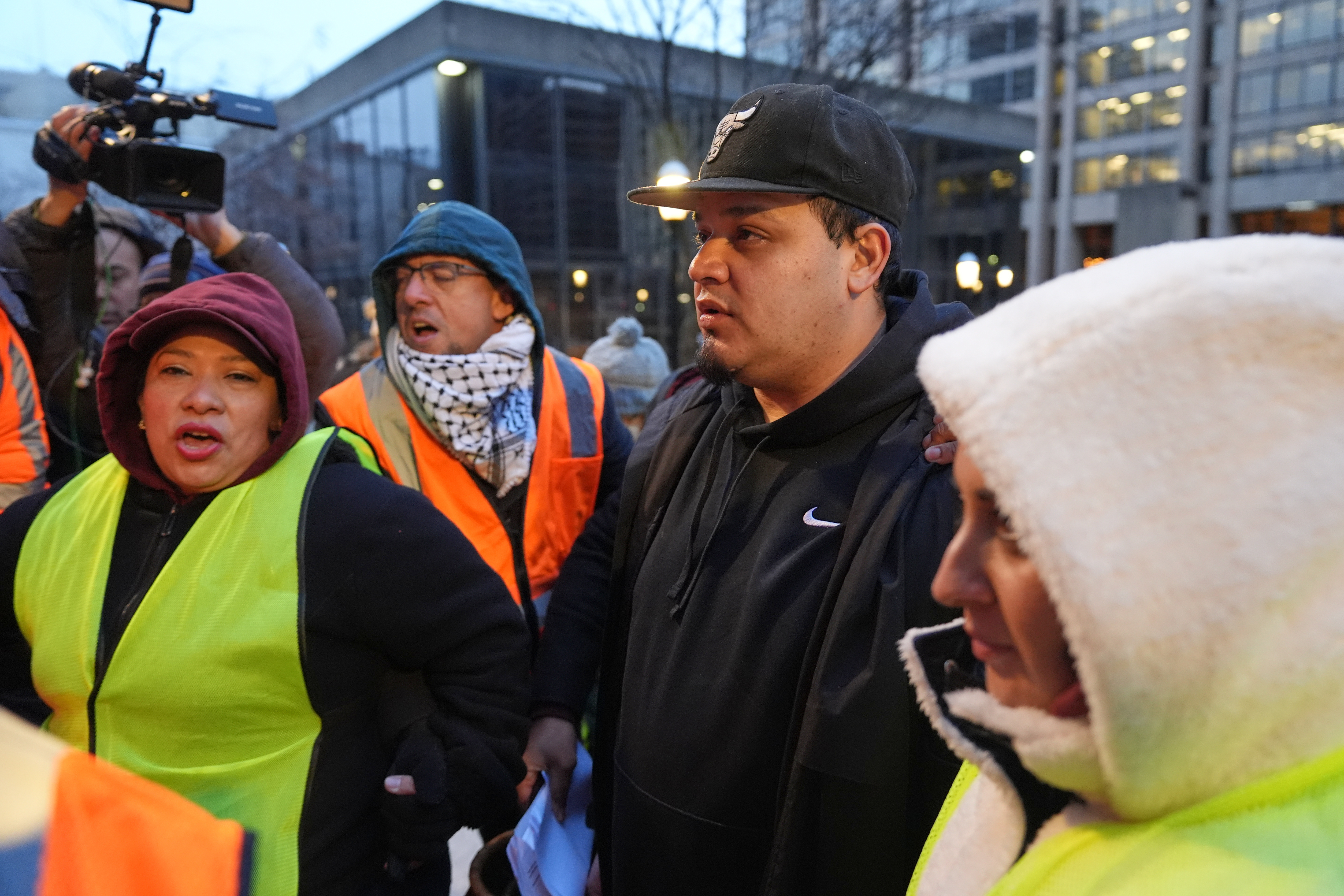Before the House Judiciary Committee even thought about the word "impeachment." Before anybody had heard the words "Saturday Night Massacre." There was what President Richard Milhous Nixon's spokesman Ronald Ziegler called a "third-rate burglary."
The facts about the June 17, 1972, burglary are well-known: Five men connected to Nixon's Committee to Re-elect the President (CREEP) were caught breaking into the Democratic National Headquarters at the Watergate office building in Washington. Their mission: bug the office and take pictures of documents.
It was at that moment that the word "Watergate" entered America's lexicon, and a scandal was born that would bring down a president of the United States. During the next two years, Americans would become familiar with the names of key players, names like Peter Rodino, chairman of the House Judiciary Committee.
It was Rodino's committee — 21 Democrats and 17 Republicans — that would formally conduct impeachment proceedings in the Watergate crisis.
The House Judiciary Committee started a preliminary investigation 10 days after the Oct. 20, 1973 "Saturday Night Massacre." That's when Attorney General Elliot Richardson and Deputy Attorney General William Ruckelshaus both resigned after refusing Nixon's order to fire special counsel Archibald Cox.
The committee's work took a more ominous direction in 1974.
Key dates? Feb. 6: The House voted 410-4 for a resolution providing power and money to the judiciary committee to investigate whether sufficient grounds existed to impeach Richard Nixon.
What followed was seven months of hearings, many behind closed doors. The committee's work was called a "witch hunt" and a "kangaroo court" by Nixon's staunchest supporters. It also produced 27 notebooks full of facts, according to former members.
April 30: The White House releases more than 1,200 pages of edited transcripts of the Nixon tapes from the Oval Office, but the committee demanded the originals. May 9: The committee's investigation phase ends and impeachment proceedings begin. It was time to debate and write articles of impeachment and eventually vote.
July 25: Rep. Barbara Jordan delivered one of the more powerful speeches during the deliberations: "My faith in the Constitution is whole, it is complete, it is total, and I am not going to sit here and be an idle spectator to the diminution, the subversion, the destruction of the Constitution."
July 27: The committee passed the first of three articles of impeachment — obstruction of justice.
Here's how Time described the moment: "The room was silent, and so, in a sense, was a watching nation. One by one, the strained and solemn faces of the 38 members of the House Judiciary Committee were focused on by the television cameras. One by one, their names were called. One by one, they cast the most momentous vote of their political lives, or of any representative of the American people in a century."
The vote: 27-11.
July 29: The committee passed the second article of impeachment — abuse of power. The vote: 28-10.
July 30: Approval of the third and final article of impeachment — defiance of subpoenas. The vote: 21-17.
Aug. 8: Nixon resigns. The crisis was over.




 A Texas Lawmaker Introduced Articles Of Impeachment Against Trump
A Texas Lawmaker Introduced Articles Of Impeachment Against Trump






